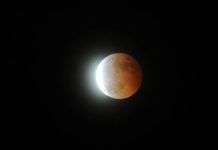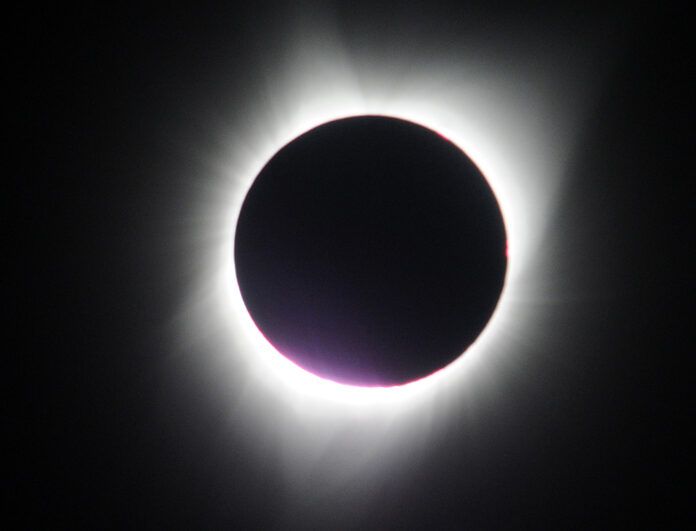
The Great American Eclipse of August 2017 enthralled an estimated 22 million observers along a 70-mile-wide swath from Oregon to South Carolina. It stood as the most watched astronomical event in North American history.
For the most part, sky-watchers enjoyed cloud-free conditions in that late summer month.
That is not looking like the case for Monday’s total solar eclipse that cuts a 115-mile-wide path from Texas to Maine. While the moon’s shadow is wider because our nearest celestial neighbor is closer to the Earth this time, inclement weather is forecast along nearly the entire path of the moon’s dark umbral shadow.
The sun may go dark for as long as four minutes, 20 seconds, when fully covered by the moon at maximum eclipse. An estimated 44 million people live inside the eclipse path and will be presented with, which for some, will be a once-in-a-lifetime event, weather permitting.
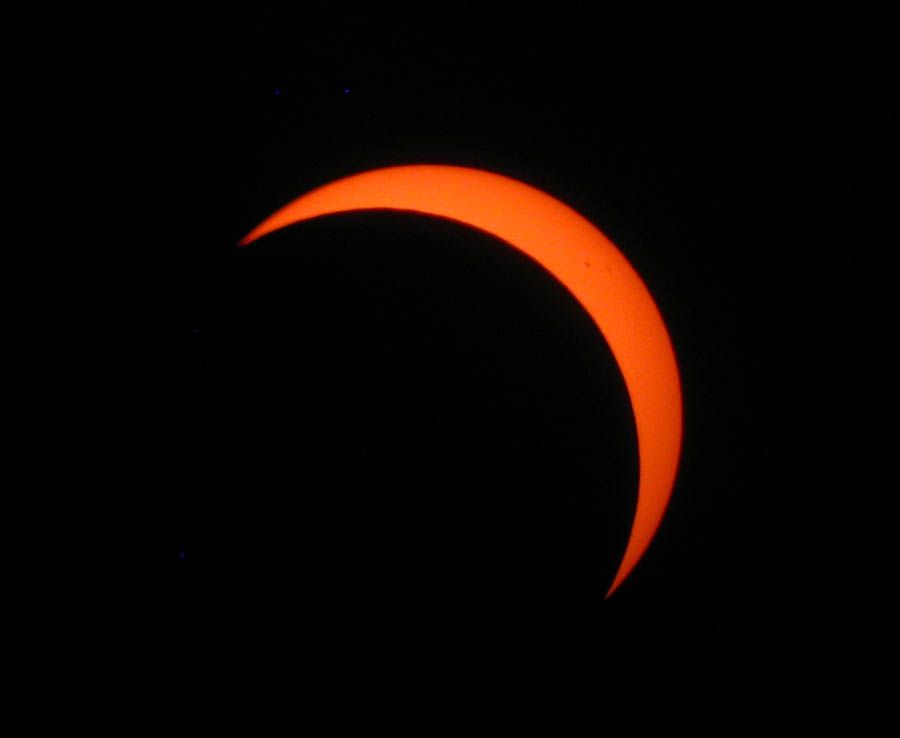
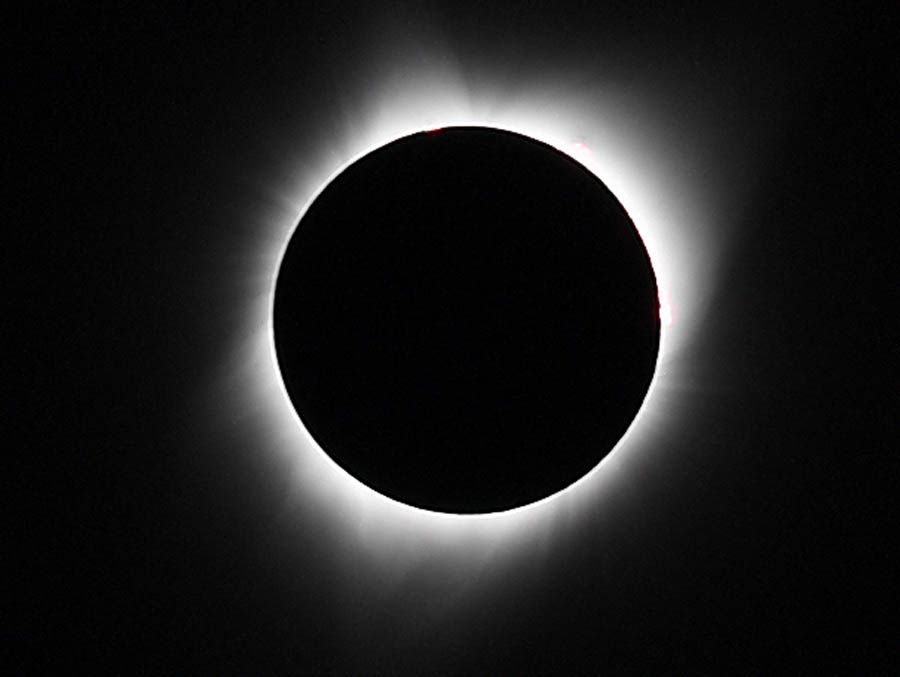
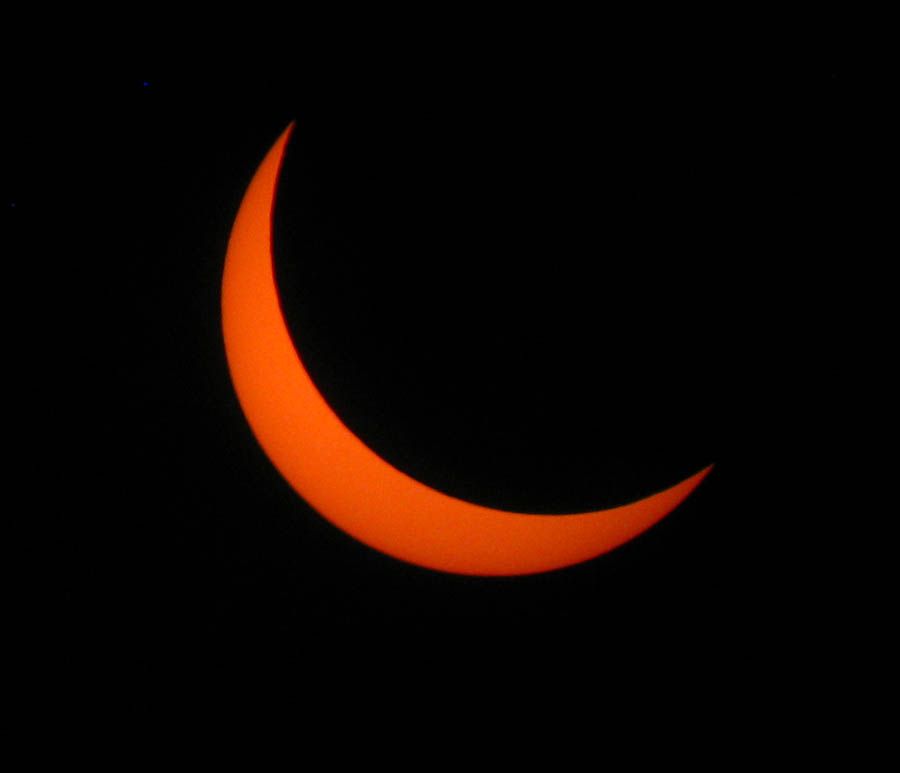
April is the third stormiest month in Texas and that goes for much of the Midwest as well. It’s spring and heavy rain is the usual outcome, especially with the current El Niño conditions.
A storm is predicted to bring rain to San Diego County on Friday. That same storm should follow a path eastward to Texas and potentially play havoc with observing conditions on Monday. Forecasts in neighboring states also call for clouds, thunderstorms, hail and even snow flurries in the Great Lakes region.
Monday’s eclipse will touch 500 U.S. cities and portions of 13 states. Major metropolitan areas along the eclipse path include San Antonio, Dallas, Ft. Worth, Indianapolis, Cleveland, Buffalo, Rochester and Syracuse.
It might be possible to fly to one of those cities on short notice. But travelers could be greeted with driving rain when disembarking. Tornadoes are even a possibility along the southern track.
Southern Illinois is looking like a good target for at least partially cloudy skies. Carbondale will get a second total solar eclipse in seven years as that city lies in the crosshairs of both the 2017 and 2024 eclipse paths.
Several airlines are offering cloud-free eclipse-viewing possibilities from 30,000 feet departing from cities scattered across the country.
Of course, several astronomy/space-themed websites will offer live streaming. It’s possible, and maybe even preferable, to enjoy the eclipse from the comfort of one’s own home.
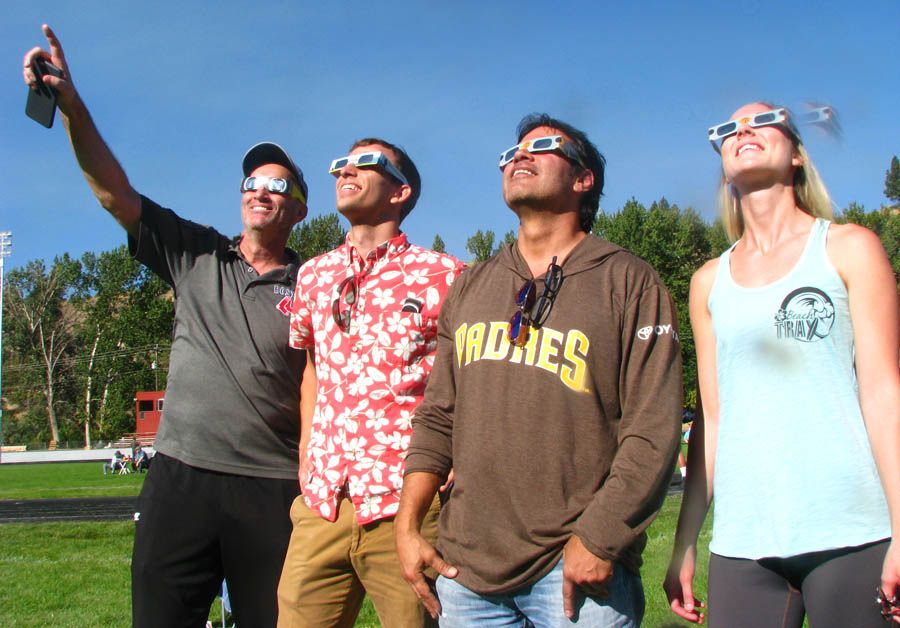
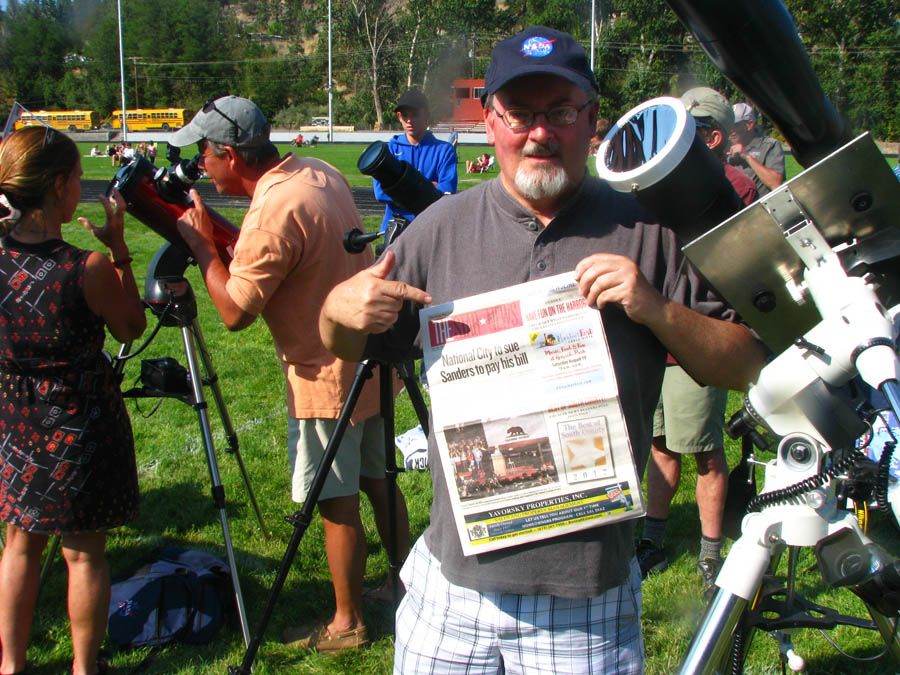
For those who elect to view the event locally, they will be treated only to a partial eclipse. About 65 percent of the solar disk will be obscured, making it very similar to last October’s partial eclipse as seen from San Diego County.
First contact with the moon is at 10:03 a.m. Pacific Time. Maximum coverage is at 11:11 a.m. Last contact is at 12:23 p.m. Total duration of the event is two .hours, 20 minutes.
The eclipse occurs later in the day for observers east of San Diego.
Totality starts at 1:40 p.m. Central Time in Dallas where viewers will enjoy three minutes, 51 seconds of totality. The celestial event starts at 3:13 p.m. Eastern Time in Cleveland and will feature three minutes, 49 seconds of totality.
The further south one travels, the longer duration of totality. Observers in northern Mexico will be treated to more than four minutes of blackness.
When totality does strike, even though it’s in the middle of the day, traditionally night-time objects such as stars and planets will be in view, at least for a short time. Venus and Jupiter will be the brightest planets visible on either side of the eclipsed sun.
The tenuous solar corona — the sun’s outer atmosphere — should be more enhanced than in 2017 as the sun is nearing the peak of its 12-year sunspot cycle.
In every case when looking directly at the sun, special eclipse glasses are advised, even for partial eclipses. No need for special viewing glasses is needed during actual totality, however.
For more information, visit the websites at skyandtelescope.org, NASA.gov and Space.com.




